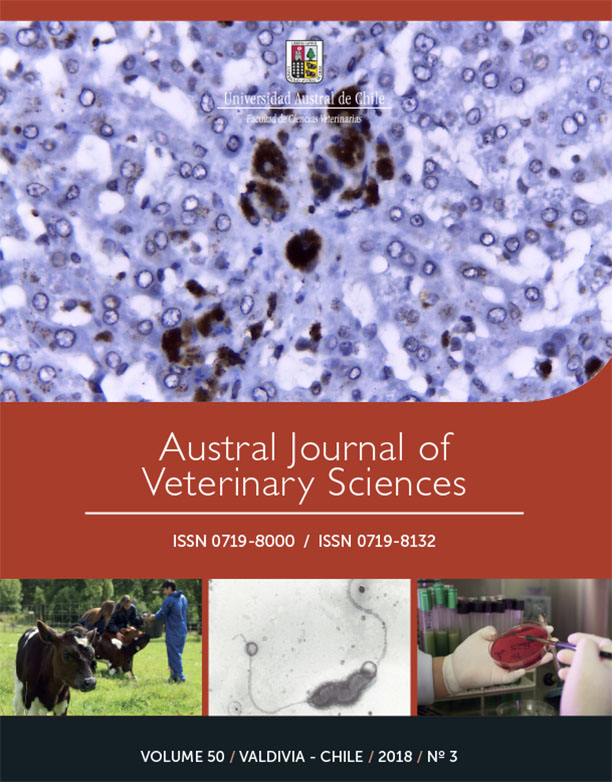Epidemiological study of canine mammary tumors: age, breed, size and malignancy
Conteúdo do artigo principal
Resumo
retrospective study was carried out on 858 female canine patients who were attended at the Surgery Service of the Clinical Veterinary Hospital of the University of Extremadura (Spain), during a period of 5 years (2008-2012). This study aims to determine the incidence of mammary tumors in the canine species of this region together with the analysis of several epidemiological variables (breed, age, and size) and the histopathological variable tumor malignancy. Three groups of patients were considered: (I) general group including all patients (n=858), (II) oncological patients (n=376), and (III) patients with mammary tumors (n=227). Oncology represented the most common pathology for female dogs (n=376, 43.82%), with mammary tumors being the most frequent neoplasms (n=227, 60.37%). Mixed breed dogs were more likely than purebred dogs to suffer from mammary tumors, with these tumors being more frequently malignant. It was also found that large-sized patients show a greater predisposition to malignant mammary tumors. In patients with tumors, age at diagnosis was significantly associated with a higher malignancy rate. The results of the study confirm the importance of oncology in the veterinary clinic in the region. Mammary tumors represent the most frequently diagnosed neoplasia in female dogs. Old age, mixed breed and large size predispose to its development and represent risk factors for malignancy.

